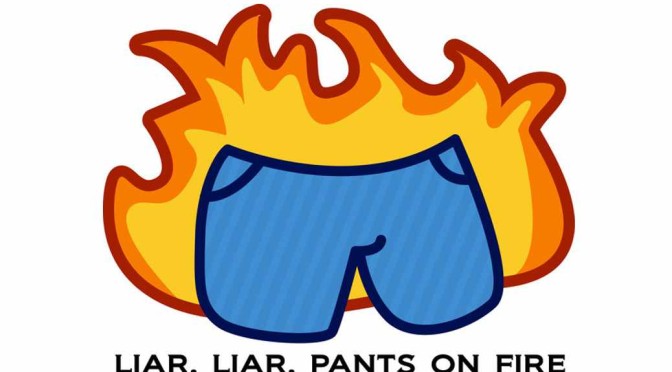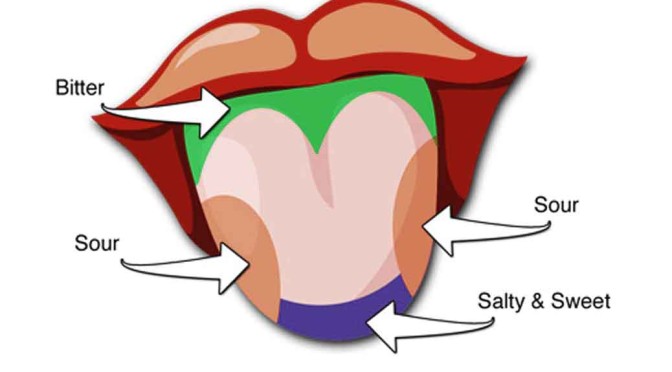By Anupum Pant
Here is the test
Give your friend 5 seconds and ask him to draw a Q on his own forehead. Note the direction of the Q’s tail. The kind of Q he draws, will determine if he is a good or a bad liar. For results, read on. Or watch the following video. [Video]
Self-Awareness test
According to a Psychology paper published by Hass, R. G. in the year 1984, a simple 5-second test can determine, with a good accuracy, if the person you are meeting is a good liar or a bad liar. In other words, it can determine if someone you meet, bears an ability to evade detection while lying or is more likely to get caught.
Extroverts: This liar test is based on a hypothesis that if a person is well aware of how other people see him, or in other words, is a social-situation-ninja, then the person is more likely to be able to evade detection while lying. This comes naturally to extroverts who are well aware of how others see them – which enables them to escape detection by exploiting this knowledge of other people’s perspective.
Introverts, however, aren’t very good at lying because they are self-focused, having less information on how a person they are dealing with sees them. So, when they lie, they normally get caught.
So, to catch a liar you could use a test designed to tell you, if a person’s actions are based on how others see them, or are based on how they see things. This is exactly what the Q test does.
Good liar: Some one who draws the letter Q in a way that would look right to a person looking at them, can be said to be well aware of how others see them. As a result, they can be labeled good liars (not always).
Bad Liar: If they draw it in a way that looks like a Q to them, and looks like an inverted Q to someone looking at them, then you can say that they are not well aware of how people look at them.
It is common sense that this test only works when the person you testing this on, doesn’t know about the test. Also, it isn’t a 100% accurate test.
At first, not knowing about the test, I tried it on me. I turned out to be an introvert and a bad liar – Quite accurate, I must say.

